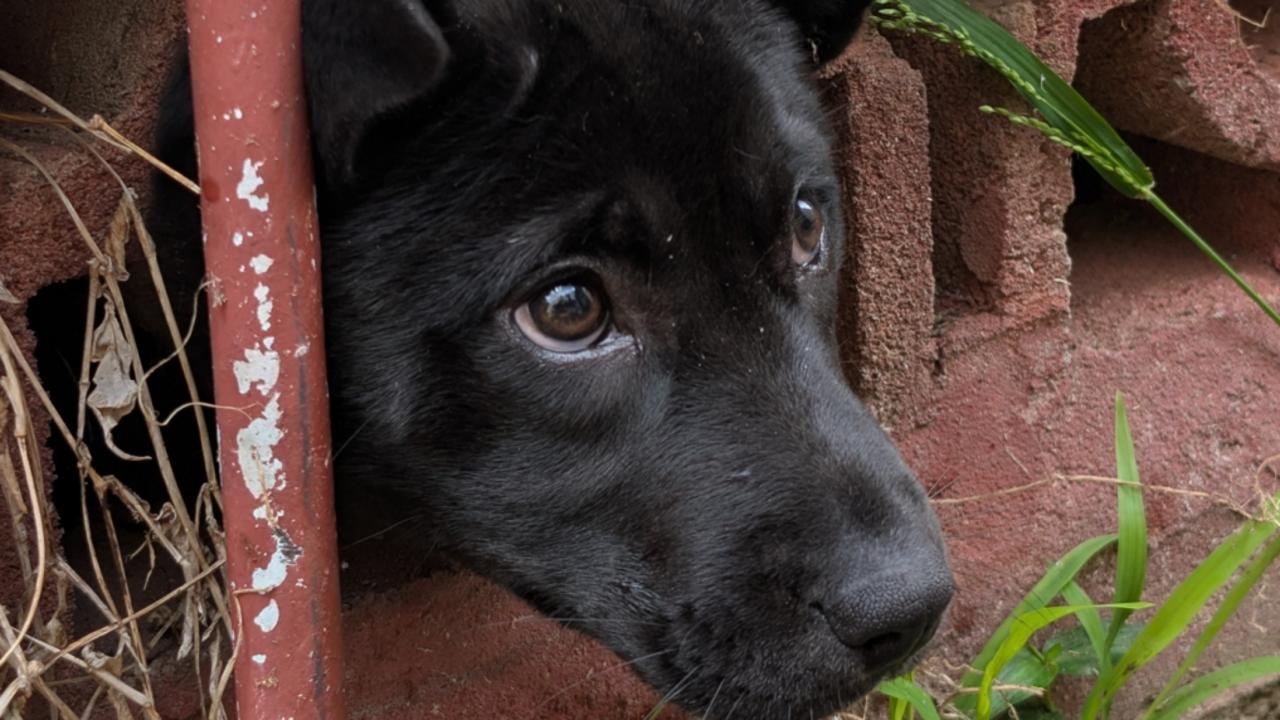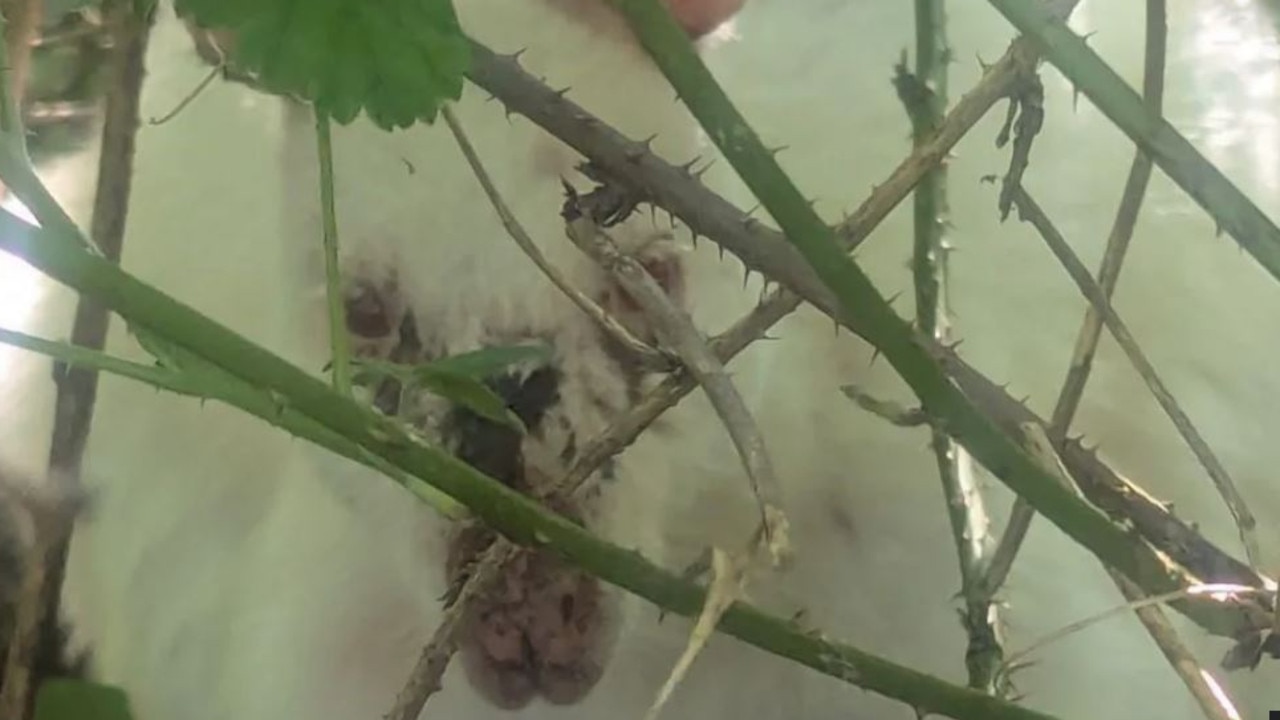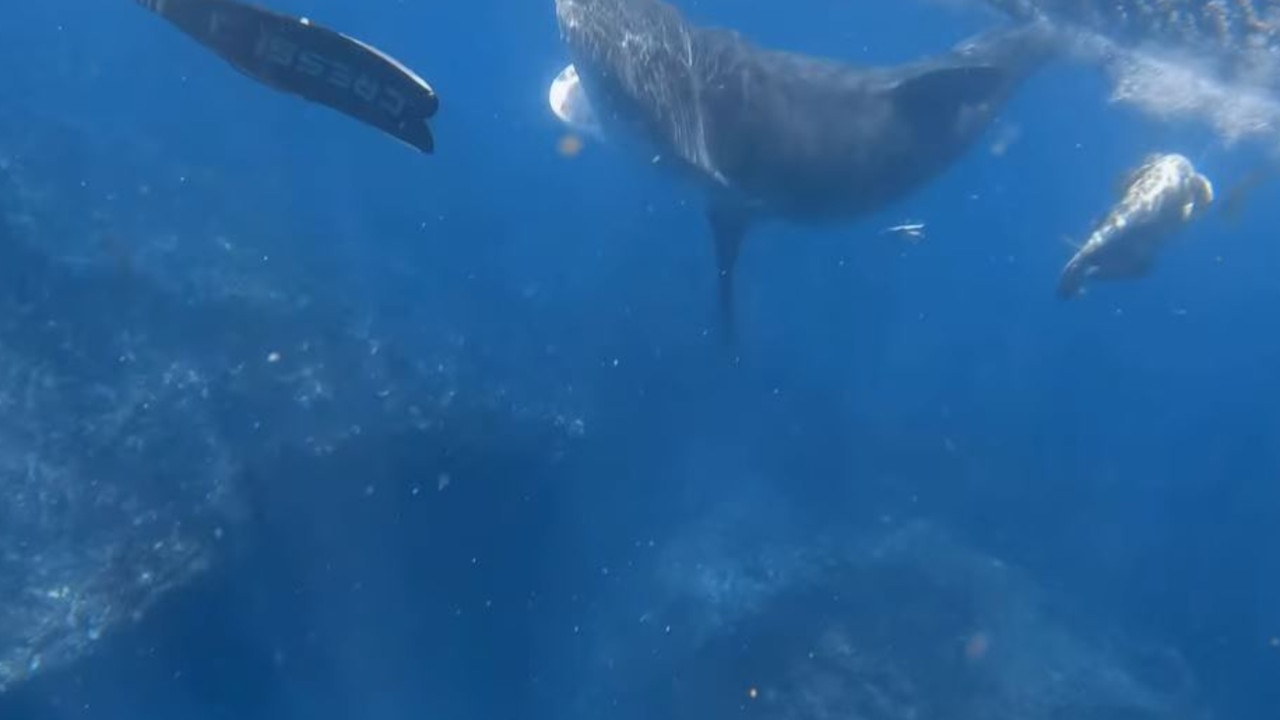Acid-spraying ant poses major threat to biodiversity in Queensland
An acid-spraying insect is on the rise in this northern state, encroaching on sensitive natural environments and threatening native species.
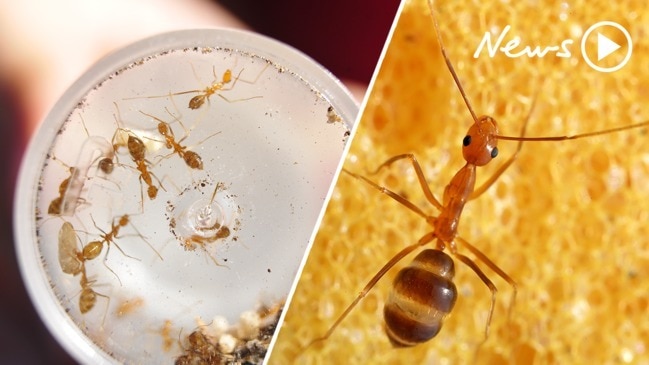
An invasive species of acid-spraying ant is spreading throughout Australia, causing concern it could wipe out small native species and make homes impossible to sell.
Yellow crazy ant infestations have been on the rise over the last two decades, especially in coastal Queensland, and have the potential to create an “extinction-level event” for some species if not contained.
The ants spray acid at their prey to blind and kill them.
They then swarm and feed on the animals which depending on the ant population can range from lizards, frogs, small mammals, turtle hatchlings and bird chicks.
Dr Ben Hoffmann CSIRO Health & Biosecurity Principle Research Scientist said that critical species living in a small area can be susceptible to a number of threats including an invasive species.
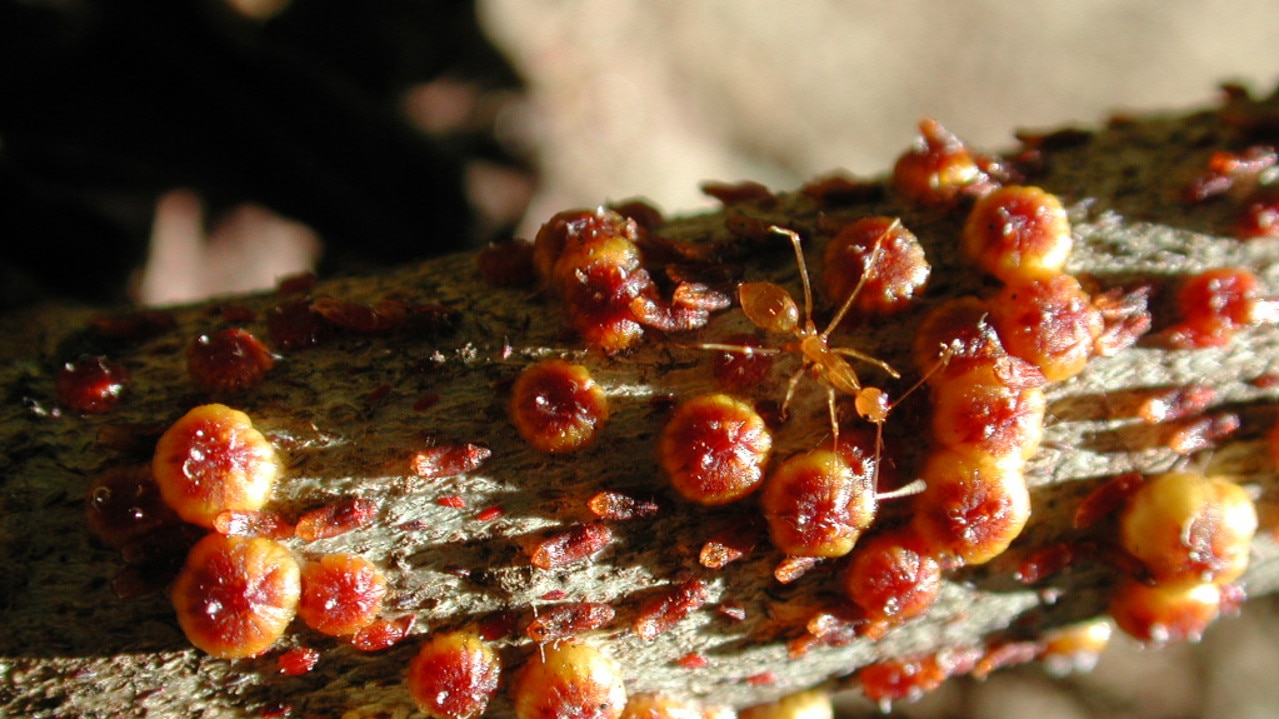
“The ant is very capable of attaining very high population levels that negatively influence everything else,” Dr Hoffmann said of the species which has recorded the second most dense population of ants in the world.
They have started to threaten the UNESCO World Heritage-listed Wet Tropics area, which includes the Daintree Rainforest as well as Christmas Island and the Arnhem Land region, where biodiversity is particularly sensitive.
He said the ants can easily be dispersed in new locations by nesting in potted plants or planks of wood which are then transported elsewhere.
“There’s nothing stopping the ants being accidentally dispersed by people, it does happen and this is how new populations are occurring,” Dr Hoffmann said.
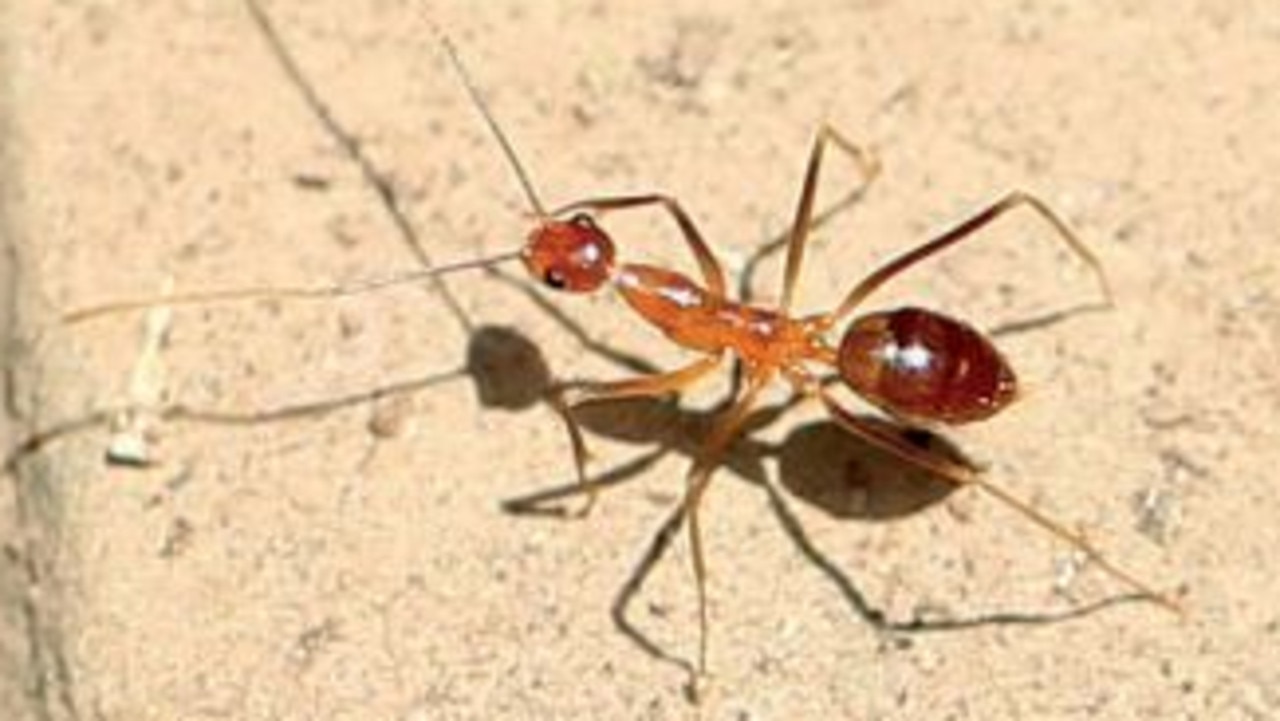
Infestations in Townsville are within a few kilometres and inching closer to a hotspot of threatened native species at Mt Elliot in Bowling Green Bay National Park.
“The Townsville infestations are out of control and are seeding new infestations like the one that now threatens the Whitsundays,” Invasive Species Council conservation director James Trezise wrote in a statement last month.
Mr Trezise told 7 News that there are people in Townsville who are finding it incredibly difficult to sell their homes because of a yellow crazy ant infestation.
The ants do not pose a huge risk to human health and are considered to be more of a nuisance in outdoor areas such as parklands and backyards.
“The ant is very capable of being a big domestic nuisance and you see that in backyards that people can’t escape them either,” Dr Hoffmann said.
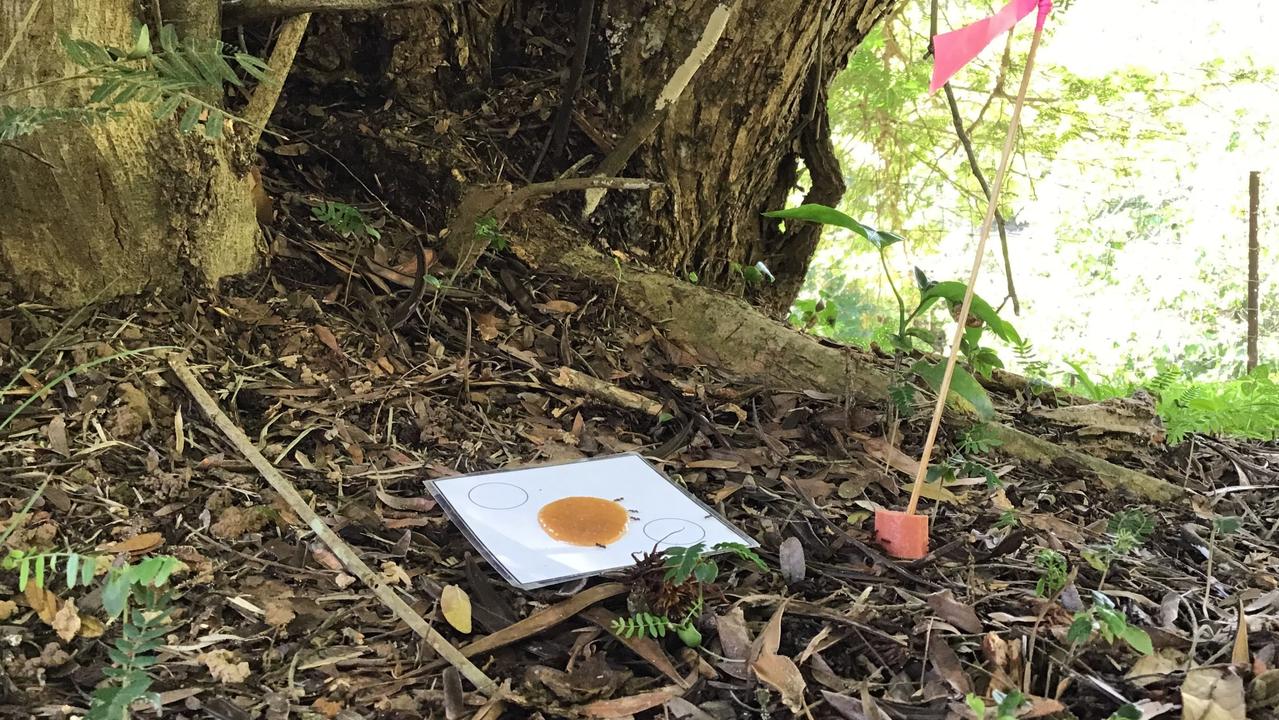
Queensland declared the ant species as ineradicable in 2012 and abandoned its eradication programs.
The state government committed almost $25m during the federal election to a baiting program run by the Wet Tropics Management Authority (WTMA) in Cairns.
“We are very capable of achieving site-level eradication as a species,” Dr Hoffman said.
“The secret is finding these populations early while they are still small.”
The WTMA have already regained control over thousands of hectares of land in Cairns and Dr Hoffmann is confident that recently emerged population in the Gold Coast will be eradicated soon.

